
This logo isn't an ad or affiliate link. It's an organization that shares in our mission, and empowered the authors to share their insights in Byte form.
Rumie vets Bytes for compliance with our
Standards.
The organization is responsible for the completeness and reliability of the content.
Learn more
about how Rumie works with partners.
The food chain is an important structure that maps out how organisms depend on each other as sources of food. It shows the relationships between organisms and how energy moves in an ecosystem.
Producers like plants and algae are organisms that produce their own energy/food.
Consumers like animals and fungi are organisms that eat other organisms as energy/food.
Consumers are key players in this system. For example:

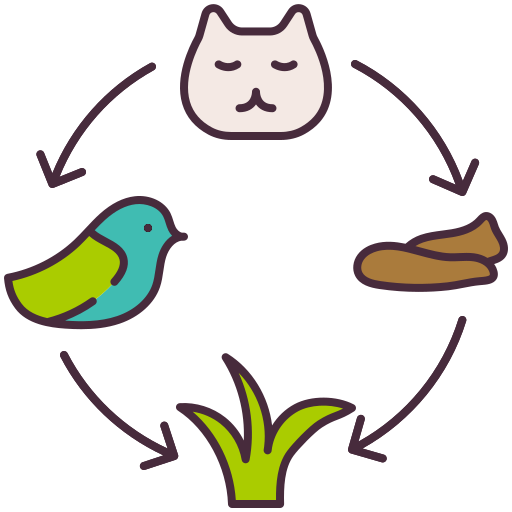
Grasses are producers that use sunlight to create their food.
Birds are consumers who eat the grass.
Cats are also consumers who eat the birds.
The bird is a primary consumer because it's the first consumer of this food chain. The cat is the secondary consumer, as it eats the primary consumer.
Most food chains have primary and secondary consumers, but have you heard of tertiary consumers?
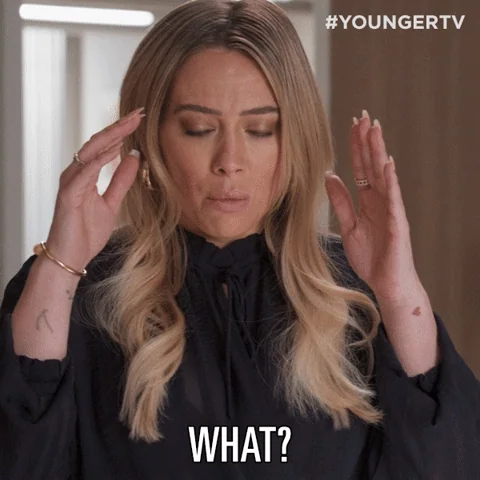
Even though they don't get as much attention in science, tertiary consumers are important to the food chain. What are they, and why are they essential to the ecosystem?
What is a tertiary consumer?
Producers are the first step in a food chain because they create their own energy. Primary consumers are the second step, and secondary consumers are the third.
This makes a tertiary consumer the fourth step in the food chain because they consume secondary consumers for energy.
Tertiary consumers can be:
herbivores — organisms that eat plants
carnivores — organisms that eat meat
omnivores — organisms that eat plants and meats
Since they may not have predators that prey after them, they're high up the food chain. We say that they're at a high trophic level or position in a food chain.
For example:
Level 1: grass (producer)
⬇️
Level 2: rabbit (primary consumer)
⬇️
Level 3: snake (secondary consumer)
⬇️
Level 4: hawk (tertiary consumer)
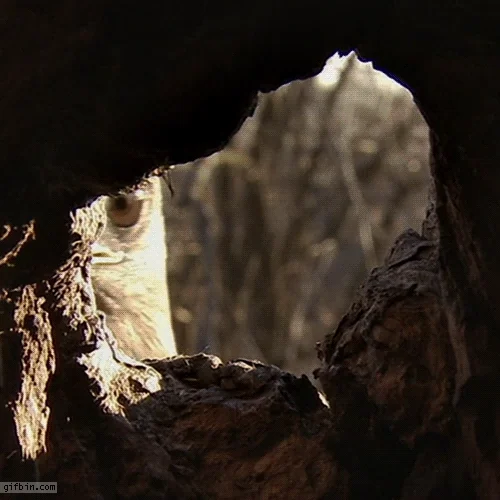
Quiz
Consider this food chain: plankton --> shrimp --> mackerel --> whale. Which is the tertiary consumer and why?
The whale is the tertiary consumer because it is the fourth level of the food chain. It eats the mackerel, which is the secondary consumer (the third level) of the food chain.
What is the role of a tertiary consumer in an ecosystem?
Tertiary consumers are important because they help control the population of organisms in trophic levels below them. They regulate the number of secondary consumers in an ecosystem by consuming secondary consumers. This limits the number of organisms that prey on primary consumers.
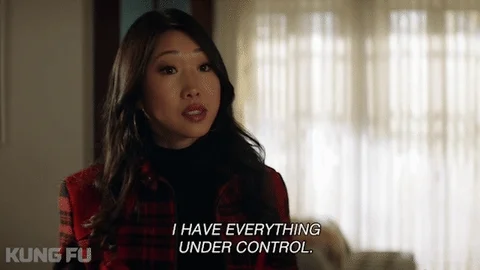
Consider what would happen if we didn't have enough hawks (tertiary consumers) in this food chain:
Level 1: grass (producer)
⬇️
Level 2: rabbit (primary consumer)
⬇️
Level 3: snake (secondary consumer)
⬇️
Level 4: hawk (tertiary consumer)
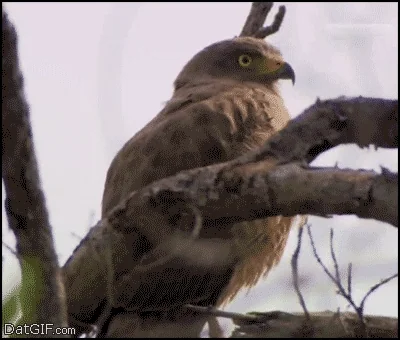
If there aren't enough hawks to hunt down the snakes, the snake population may grow too big.
There may not be enough rabbits to support all of them, so the rabbit population would decline,since all of the snakes are hunting them down.
Without any rabbits, the grass population can grow uncontrollably because there are no rabbits to eat them.
This chain reaction shows how important tertiary consumers are in maintaining population balance in a food chain.
Quiz: What if there were no tertiary consumers?
Consider this food chain:
leaves → caterpillars → birds → snakes
Snakes control the bird population by consuming them. What would happen if there were no snakes in this food chain?
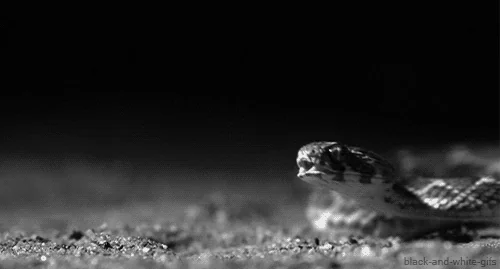
A. The bird population would become too large, and there would be fewer caterpillars.
B. The bird population would become too small, and there would be more caterpillars.
C. The bird population wouldn't change, but there would be fewer caterpillars.
D. The bird and caterpillar populations wouldn't change.
Quiz
What would happen if there were no snakes in this food chain?
If there were no snakes and the bird population became too large, the birds would eat more caterpillars. If there were fewer caterpillars, the bird population would suffer, since there would be less food available. This chain reaction shows why snakes are important: snakes consume birds, and a reduced bird population won't compete for food as much.
How do tertiary consumers impact humans?
Tertiary consumers are important because they regulate the population of secondary consumers. What would happen if they suddenly disappeared?

Environment: Tertiary consumers keep the number of secondary consumers in check. Without them, there could be an overpopulation of secondary consumers. As shown in the quiz above, it would wipe out the population of primary consumers and create an imbalance of organisms in an ecosystem.
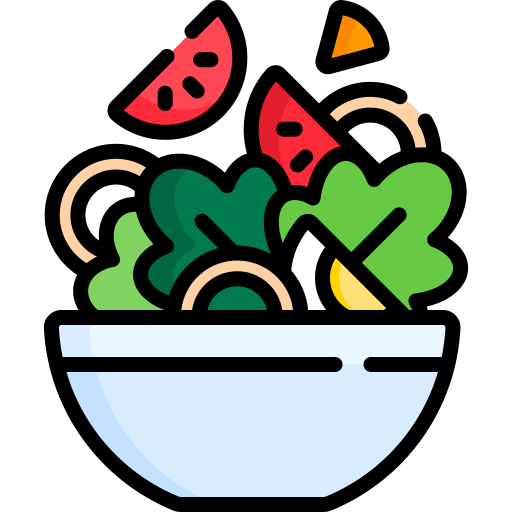
Human diet: Humans rely on various organisms for food, be they plants or animals. An unbalanced ecosystem could severely limit the number of organisms we consume.
For example, if there were no sharks in the food chain plankton → crustaceans → tuna → shark, we would have very few crustaceans to consume, since the tuna population would eat them all up.
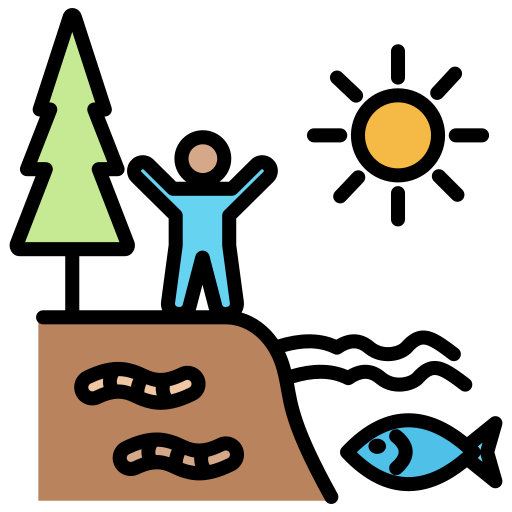
Biodiversity: If left unchecked, primary consumers can disappear in an ecosystem if secondary consumers eat them all up. This also impacts secondary consumers, since there would be no more food available.
Take Action
Tertiary consumers help maintain balance in an ecosystem. If they suddenly disappeared, many organisms would be affected.
Their role in the food chain is as vital as other organisms at any tropic level. We and the Earth depend on tertiary consumers to regulate food chain populations. They show us how we're connected in this circle of life!
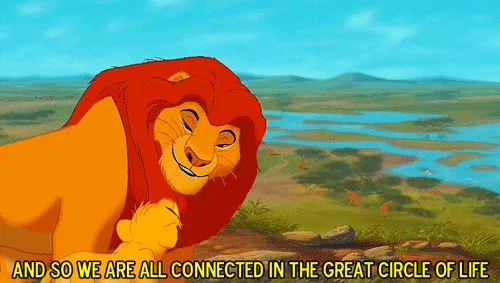
This Byte has been authored by
Emily Nguy
Science Teacher